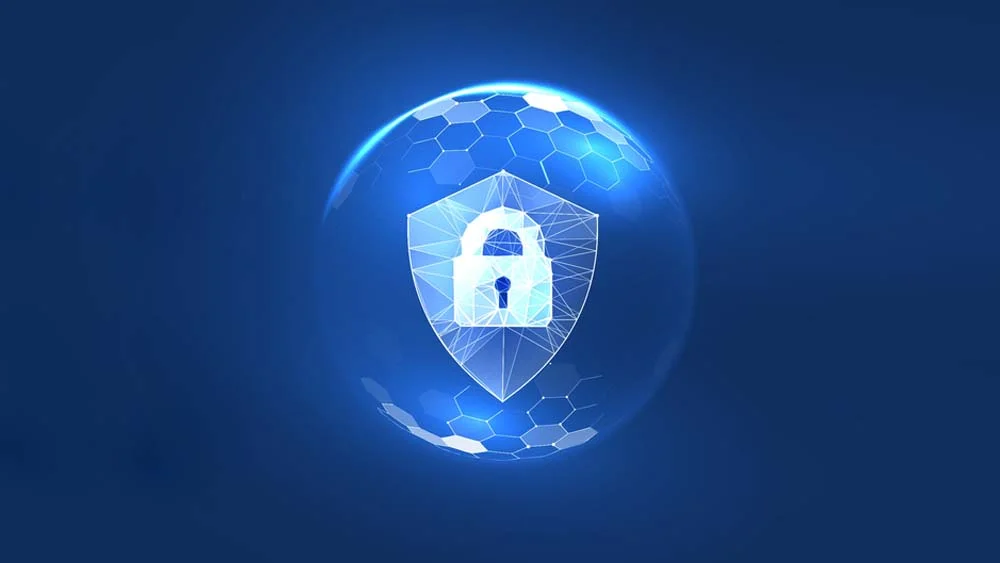Shielding the Digital Space: Cybersecurity Best Practices for Data Governance and Security
In the web of today’s digital ecosystem, cybersecurity emerges as a critical shield safeguarding the sanctity of data governance and security. As data burgeons into an ever-more valuable asset, the role of secure data governance escalates from a mere best practice to a cornerstone of organizational integrity. The convergence of escalating cyber threats and the expanding digital footprint of organizations underscores the imperative for robust cybersecurity measures.
This discourse delves into the nuanced terrain of cybersecurity best practices, aimed at fortifying the pillars of data governance against the sophisticated arsenal of cyber adversaries. It’s an exploration designed for those committed to not just defending their digital assets but also architecting a secure digital domain through informed, strategic cybersecurity protocols.
Understanding Data Governance
Data governance encapsulates the orchestration of policies, procedures, and standards that govern the collection, management, and usage of information within an organization. Also, it’s the strategic framework that ensures data’s accuracy, accessibility, consistency, and security. In the realm of cybersecurity, data governance takes on a pivotal role, acting as the foundation upon which robust security measures are built.
It not only dictates how data is to be handled and protected but also establishes the accountability framework for data management, making it an indispensable ally in the quest for cybersecurity excellence.
Identifying Vulnerabilities
Fortifying data governance begins with identifying vulnerabilities that may arise from outdated systems, software flaws, human error, or sophisticated cyber-attacks. A thorough assessment of both technology and human factors is essential for understanding these weak points. Recognizing and proactively addressing these vulnerabilities is crucial for organizations to mitigate breach risks and protect their digital domains.
Implementing Strong Access Controls
Establishing robust access controls is pivotal in safeguarding data within an organization. Also, this involves delineating clear user permissions, ensuring only authorized personnel have access to sensitive information. Strategies include the use of multi-factor authentication, role-based access control systems, and regular reviews of access privileges to prevent privilege creep.
Additionally, employing the principle of least privilege ensures individuals have only the access necessary to perform their duties. Identity management technologies such as the ones developed by GuidePoint Security help minimize the risk of internal breaches and enhance the overall security posture of data governance frameworks. These technologies focus on defining and managing roles and the associated access privileges of users.
Staying Informed: Leveraging Resources
In the ever-evolving landscape of cybersecurity, staying informed is not just an option; it’s a necessity. Also, staying up-to-date with the latest threats, updates, and best practices will help you stay shielded at all times. Tapping into top cybersecurity blogs and websites provides a wealth of insights, from cutting-edge best practices to analyses of the latest cyber threats. These platforms offer a continuous learning environment for professionals and enthusiasts alike, ensuring that knowledge of cybersecurity trends and protective strategies remains current. Leveraging these resources empowers individuals and organizations to stay one step ahead in the cybersecurity game.
Regular Security Audits and Assessments
Continuous security audits and assessments are the heartbeat of a healthy cybersecurity strategy. These periodic evaluations serve to scrutinize and validate the effectiveness of the implemented security measures. By simulating potential attack scenarios, organizations can identify vulnerabilities before they are exploited.
Regular assessments also adapt to evolving threats, ensuring that data governance practices remain resilient against new types of cyberattacks. This proactive approach not only fortifies data integrity but also fosters a culture of continuous improvement within the cybersecurity domain.
Encryption and Data Protection Techniques
Encryption stands as a formidable bastion in the arsenal of data protection techniques. Also, by encoding information, encryption ensures that data remains unintelligible and secure, even in the event of a breach. Beyond encryption, other measures like secure data storage, regular data backups, and the deployment of firewalls and anti-malware software play critical roles in a comprehensive data protection strategy.
Implementing data masking and anonymization for sensitive information further enhances privacy and security, making these techniques indispensable components of robust data governance in the fight against cyber threats.
Fostering a Culture of Cybersecurity Awareness
Not just the technology employed, but also the people who use it form the backbone of effective cybersecurity. Fostering a culture of cybersecurity awareness within organizations is crucial. This involves regular training sessions, cybersecurity drills, and awareness programs that highlight the importance of secure practices. When employees understand the potential risks and their role in mitigating them, they become active participants in the organization’s cybersecurity efforts.
Recap
Strengthening digital security requires a comprehensive strategy, focusing on education from trusted sources and promoting cybersecurity awareness within organizations. This approach fortifies defenses against evolving threats, ensuring the protection of data and organizational integrity in the digital era.






